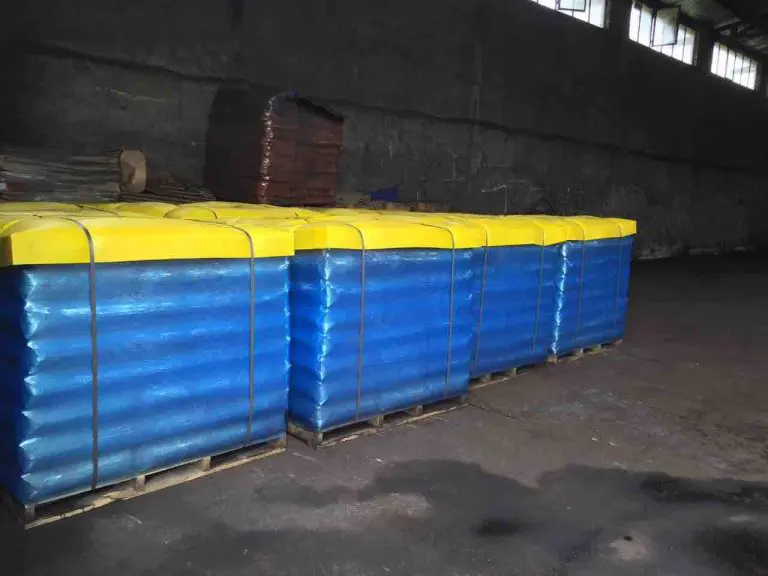Gilsonite cementing
What is gilsonite cementing?
Cementing additive the best one is Gilsonite and naturally occurring hydrocarbon resin that can be used as a cementing additive in the oil and gas industry to enhance the performance of cement. By adding Gilsonite to cement, its properties such as strength, bonding ability, and resistance to high temperatures and pressures can be improved. It can also prevent fluid loss and reduce the risk of gas migration in the wellbore.
Types of cementing
There are several types of cementing additives, including retarders, accelerators, dispersants, and fluid loss control agents. Retarders slow down the setting time of the cement, allowing it to be pumped and placed more easily. Accelerators, on the other hand, speed up the setting time of the cement, allowing it to set and harden more quickly. Dispersants help to disperse and stabilize the cement particles in the slurry, preventing settling and improving the consistency of the cement. Fluid loss control agents help to reduce the loss of drilling fluids or cement into the formation, improving wellbore stability and reducing the risk of lost circulation.
Why mud service companies using Gilsonite cementing?
Mud service companies use Gilsonite as a cementing additive because it provides several benefits. It can strengthen cement bonds to shales and sands, reduce cement slurry density, prevent lost circulation, and support compressive strength development.
Mixture percentage
When using Gilsonite in cementing, it is important to determine the appropriate amount to use, which is typically 2% to 10% by weight depending on the specific application and desired properties of the cement. Gilsonite can be added directly to the dry cement or to the water used to mix the cement slurry.
Performance of cementing
Other cementing additives, such as retarders, accelerators, and fluid loss control agents, can also be added to the cement slurry to achieve specific goals and improve the performance of the cementing operation. Finally, the cement slurry is pumped into the wellbore, and its pressure and flow rate are monitored to ensure that it is being properly placed and that the desired cement properties are being achieved.
Efficiency improvement
Gilsonite as a cementing additive can improve the efficiency and effectiveness of cementing operations in the oil and gas industry. However, it is important to carefully consider the potential benefits and risks of using this material and to follow appropriate safety measures when handling and using Gilsonite.
How to use gilsonite in cementing?
To summarize, the steps to use Gilsonite in cementing are to determine the appropriate percentage to use, measure and mix it with the cement, add any additional cementing additives, and then pump the cement slurry into the wellbore while monitoring its pressure and flow rate. It is important to follow proper safety measures when handling Gilsonite, and to carefully consider the potential benefits and risks of using it in cementing operations.
Determine the appropriate amount of Gilsonite to use
It is typically added to cement slurries in concentrations of 2% to 10% by weight, depending on the specific application and the desired properties of the cement. The exact amount needed will depend on factors such as the wellbore conditions, the type of cement being used, and the specific goals of the cementing operation.
Measure and mix with the cement
It can be added directly to the dry cement or to the water used to mix the cement slurry. It is important to carefully measure and mix Gilsonite with the cement to ensure that the resulting mixture has the desired properties.
Add any additional cementing additives
In addition to Gilsonite, other cementing additives such as retarders, accelerators, and fluid loss control agents may also be added to the cement slurry to achieve specific goals and improve the performance of the cementing operation.
Pump the cement slurry into the wellbore
Once the cement slurry has been prepared, it is typically pumped into the wellbore to cement the casing in place. During this process, it is important to monitor the pressure and flow rate of the cement slurry to ensure that it is being properly placed and that the desired cement properties are being achieved.
Mixture portion
The appropriate mixture portion of Gilsonite in cementing usually ranges from 2% to 10% by weight. The exact amount needed will depend on various factors such as the specific application, the wellbore conditions, and the type of cement being used. It’s crucial to accurately measure and mix Gilsonite with the cement to achieve the desired properties of the resulting mixture.
Improve effectiveness of drilling by Gilsonite additives
Cementing additive can help improve the effectiveness of cementing operations in the oil and gas industry, but it is important to carefully consider the potential benefits and risks of using this material and to follow appropriate safety measures when handling and using Gilsonite.

